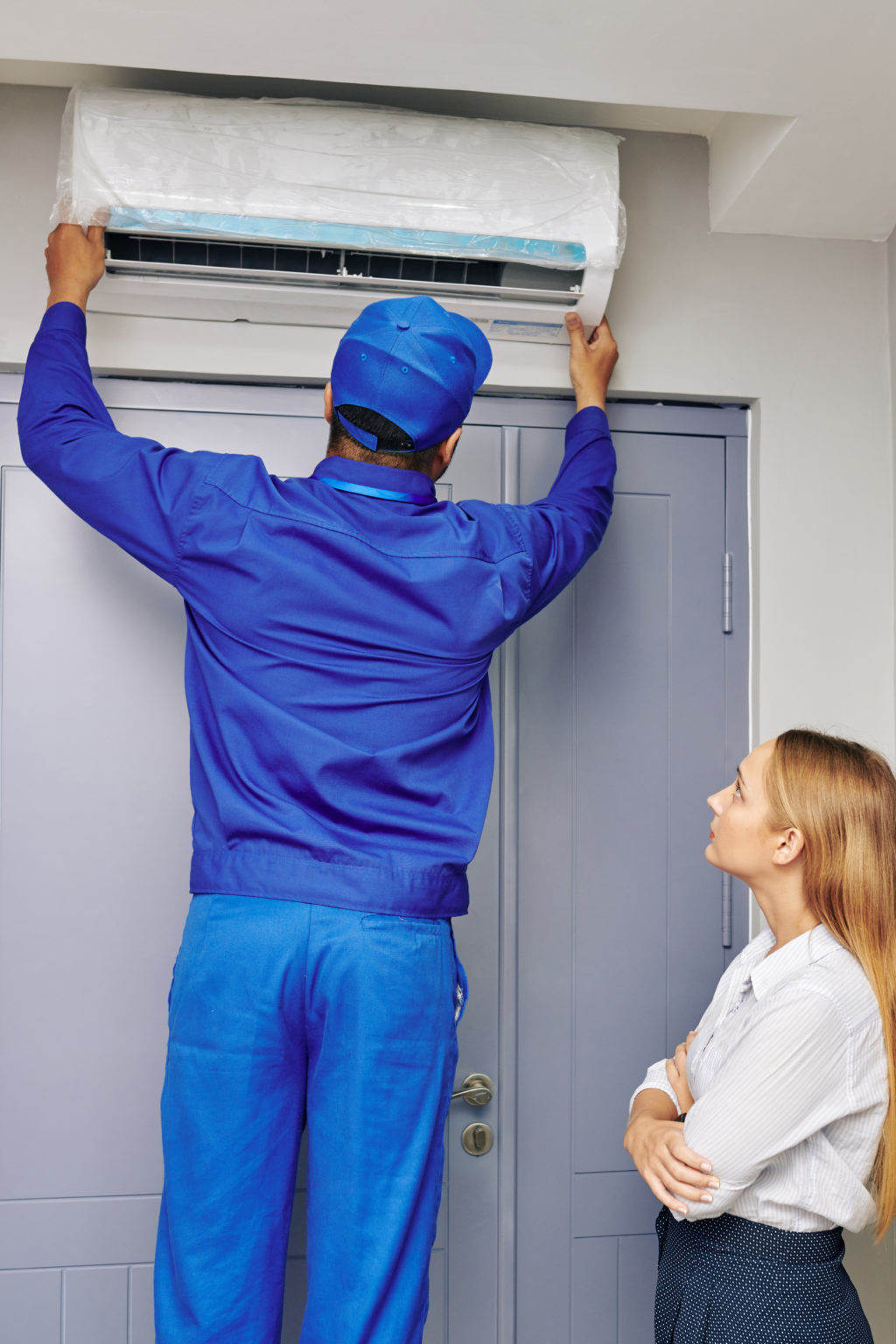Contrasting Mini-Split HVAC Systems

When it comes to maintaining a pleasant environment in our residences and offices, understanding HVAC systems is important. HVAC, which stands for heating, ventilation, and air conditioning, plays a vital role in managing indoor temperatures and air quality throughout the year. But with diverse options available, locating the appropriate system for your preferences can feel overwhelming. This article aims to break down the differences between central and ductless HVAC systems, assisting homeowners make informed decisions about their climate control options.
As we explore central and ductless options, we'll cover how these systems work, the benefits and drawbacks of each, and tips for picking the most suitable one for your house. Whether you're enhancing an old system or anticipating a new installation, knowing how these HVAC choices contrast will allow you to build a comfortable and energy-saving living space. Let's take a closer look at the world of HVAC and explore which system might be the perfect fit for your individual situation.
Understanding HVAC Systems
HVAC stands for heating, ventilation & air conditioning, which includes the technology used to offer heating and cooling solutions for home and commercial environments. Heating systems warm the indoor environment during chilly months, while air conditioning systems lower the temperature of it down during the temperatures of the summer season. Ventilation is key for guaranteeing air flows throughout the environment, which not only boosts comfort but also plays a vital role in upholding the quality of indoor air.
A typical HVAC system includes various parts working together. The primary elements are a heating unit or boiler for warming, an air conditioning unit or cooling system for refrigeration, ductwork to distribute air, and a thermostat to control the temperature. Grasping how every component operates helps residents and property managers know how to care for and troubleshoot their HVAC units efficiently.
As HVAC technology develops, new innovations arise to improve energy efficiency and comfort inside. blog integrate with home automation technologies, which enable greater control and monitoring. Additionally, solutions like ductless systems or ground-source heating offer alternative solutions that can cater to specific requirements, making it crucial for homeowners to consider various choices when choosing an HVAC solution for their space.

Common HVAC Problems and Resolutions
Property owners frequently experience a range of HVAC issues that can interrupt comfort and performance. AC installation is insufficient heating or cooling, which can be due by clogged filters, blocked vents, or an incorrectly sized system. Frequent maintenance, including filter replacements and clearing airflow pathways, can help alleviate these problems. If problems persist, it may be advisable to contact a specialist for further diagnosis or adjustments.
Another frequent issue is strange sounds coming from the HVAC system, such as banging, squeaking, or hiss. These sounds can point to loose components, worn belts, or airflow blockages. Residents should promptly address any strange noises by checking for unfastened parts or debris in the system. If the noises continue, reaching out to an HVAC expert is advisable to prevent potential damage and ensure safety.
Lastly, escalated energy bills can indicate that an HVAC system is not operating efficiently. Frequent culprits include inadequate insulation, outdated equipment, or overlooking routine maintenance. To combat this issue, property owners should consider scheduling regular tune-ups to keep the system in optimal condition and explore energy-efficient upgrades. Implementing smart thermostats and enhancing insulation can also help reduced energy consumption and lower bills.
Maximizing Efficiency and Intelligent HVAC Selections
Choosing the right HVAC solution is essential for enhancing energy efficiency in your home. Traditional HVAC systems often come with elevated upfront costs as a result of the extensive installation of ductwork, but they can competently heat or cool more spacious rooms. On the other hand, ductless HVAC systems, such as mini-splits, deliver adaptability and targeted comfort, permitting you to cool or heat single rooms without ducts. This may produce lower energy consumption, especially if you have spaces that aren't used often.
Smart HVAC choices can further enhance energy efficiency. The use of smart thermostats enables homeowners to control their HVAC systems via mobile devices and set schedules that coordinate with their daily routines. This reduces energy waste by guaranteeing that heating or cooling only occurs only necessary. Additionally, many modern HVAC systems are engineered with energy efficiency ratings that inform consumers about expected energy use, helping them to select systems that best suit their needs.
Investing in energy-efficient HVAC options also contributes to lowering your energy bills but also affects favorably the environment. By choosing systems that use renewable energy sources, including solar-powered HVAC, you can decrease your carbon footprint. Routine maintenance and updates, along with the installation of high-efficiency air filters, improve overall system performance and indoor air quality, making your home more pleasant and sustainable year-round.
